When you’re considering investing in an American motorcycle brand with a cult following like Harley-Davidson, it’s crucial to know which model years might be best to steer clear of. Over the decades, Harley-Davidson has produced some iconic motorcycles that have earned them a loyal base of riders and enthusiasts. However, like any major manufacturer, certain years have seen models with performance, handling, or safety issues due to various reasons ranging from quality control to design flaws.
As an enthusiast or potential investor in the brand, understanding these problematic periods can save you from potentially costly repairs or reliability concerns. Among Harley-Davidson motorcycles, certain model years standout for unwanted issues and are often discussed among riders as ones to avoid. These generally include some models from the late 1990s to the early 2000s, marked particularly by concerns with the Twin Cam engine and fuel delivery systems. Being aware of these patterns not only ensures you make a more informed decision but also protects the joy and quality of your riding experience. So keep reading, and let’s get into the details so you know exactly what year Harleys to avoid by the end of it!
Notorious Issues Across Harley Models
When you’re exploring the Harley-Davidson range, it’s crucial to be aware of certain model years that are known for specific issues affecting the engine, performance, and electrical system. Let’s take a look at some of these problems you might encounter.
Twin Cam Problems
From 1999 to 2006, the Twin Cam engine became a major concern due to:
- Heat management: This affected the overall engine performance and could lead to premature component wear.
- Cam chain tensioners: These parts had a tendency to fail prematurely, potentially causing extensive engine damage.
- High crank runout: This issue affected the longevity and reliability of the engine.
- Cam bearing failures: Another common point of contention, leading to costly repairs.
Models with the Twin Cam engine, specifically in the aforementioned years, are ones you might consider avoiding.
Oil Leaks
Harley-Davidson motorcycles, particularly those from the early 2000s, have been plagued by oil leaks. This is mainly a lubrication and maintenance issue, often due to:
- Improper sealing within the engine.
- Aged or degraded gaskets after regular use.
Regular maintenance is key in preventing such common issues, yet certain models may exhibit oil leaks more frequently.
Electrical System Issues
On the electrical front, you should keep an eye out for:
- Infotainment system: Models from recent years had reports of malfunctioning systems which could interfere with the overall riding experience.
- General electrical problems: Various technical issues stemming from wiring and fuses to more complex components have been reported as common faults.
Your Harley is not just a ride but a complex system where every component plays a role. Being informed can help you steer clear of models that could disrupt your smooth ride.
Model Specific Years To Watch Out For
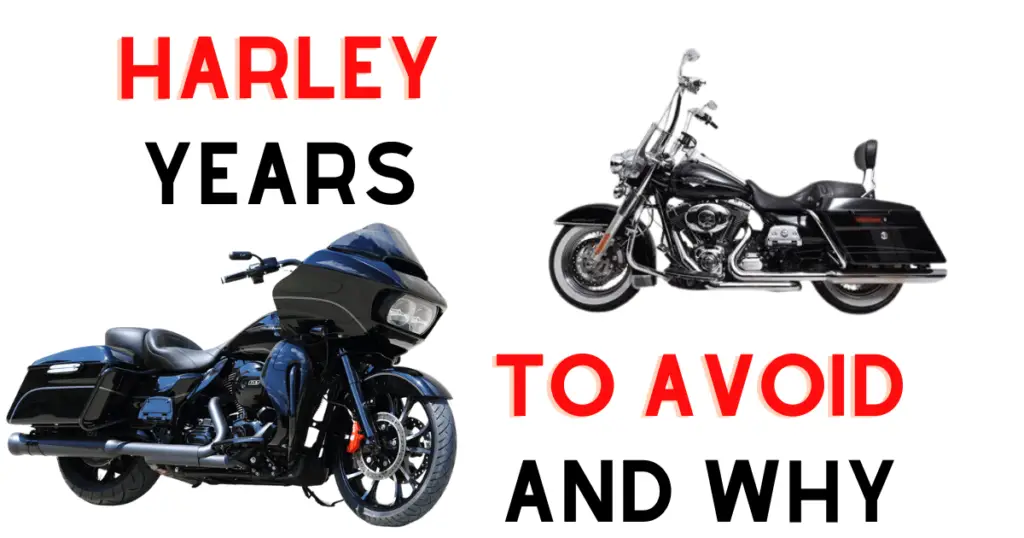
When looking for a used Harley-Davidson, it’s essential to know which model years might bring more trouble than joy. Some years are notorious for persistent issues, including stability problems, recalls, and design flaws that could affect ride safety and overall performance. Below you’ll find a breakdown by model and the specific years that are often advised to avoid.
Honorable mention: Annoying Harley Tri Glide Problems You Should Know About
Road King Years to Avoid
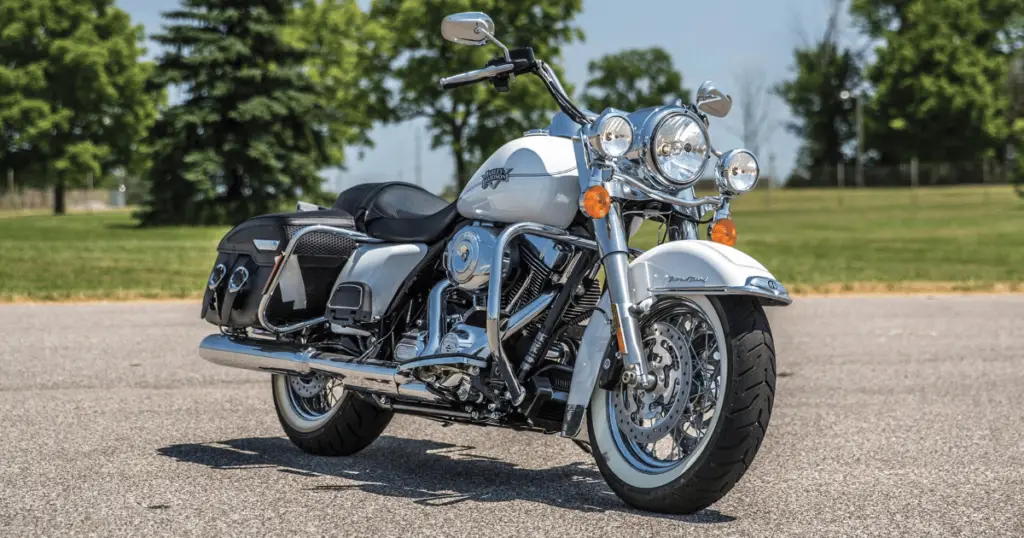
Road King models blend classic styling with long-ride comfort, yet certain years have raised concerns. Notably, models from 1994-2006 encountered transmission and gearbox issues, while 2002-2003 models were flagged for wheel bearing problems. Buyers are advised to seek comprehensive maintenance records and consider models benefiting from subsequent design improvements.
- Transmission and Gearbox Problems (1994-2006): These models often faced issues with hard shifting, gear slippage, and in some instances, complete transmission failures. The root causes ranged from worn-out bearings and gear teeth to inadequate lubrication and seal failures.
- Wheel Bearings Concerns (2002-2003): Faulty wheel bearings led to abnormal noises, vibrations, and a notable decrease in ride stability. In severe cases, bearing failure could result in wheel lockup, posing significant safety risks.
Dive deeper: 4 of The Worst Road King Years to Avoid + Standouts and More
Electra Glide Years to Avoid
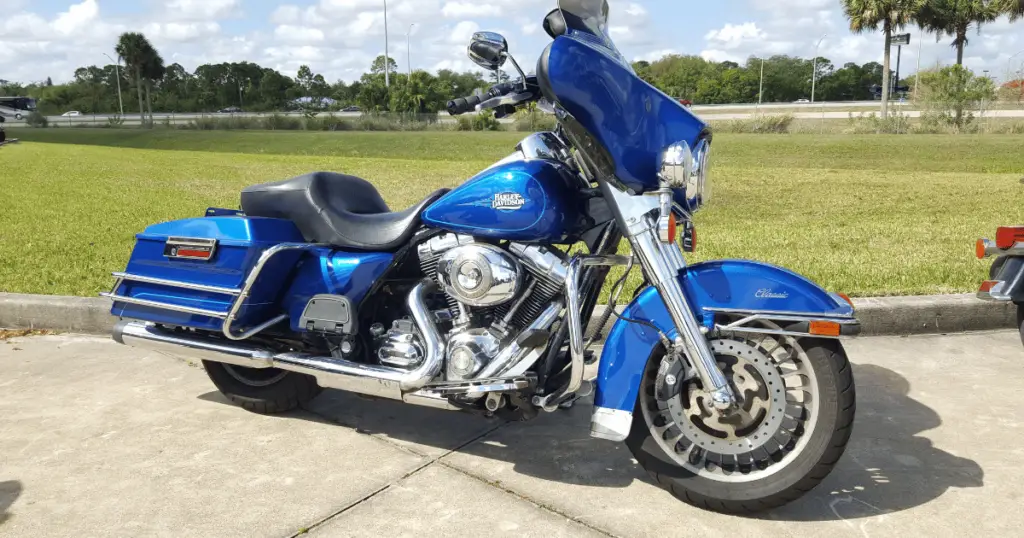
Electra Glide models are synonymous with premium touring experiences but have had their share of challenges. The 2010 Electra Glide Ultra Classic specifically suffered from engine and transmission complications, while models spanning 2007-2013 were noted for potential stalling and frame design flaws. Documented repairs and updates are crucial for models within these years.
- Engine and Transmission Complications (2010 Electra Glide Ultra Classic): Noted for overheating engines and transmission defects, these issues often resulted in decreased performance, increased fuel consumption, and, without timely intervention, significant engine damage.
- Frame and Stability Issues (2007-2013): These years highlighted vulnerabilities in the frame design that affected the motorcycle’s stability, especially at high speeds or when carrying heavy loads. The recalls focused on reinforcing the frame and swingarm to mitigate these risks.
Dive deeper: 12 Electra Glide Years to Avoid (For Your Sanity’s Sake)
Street Glide Years to Avoid
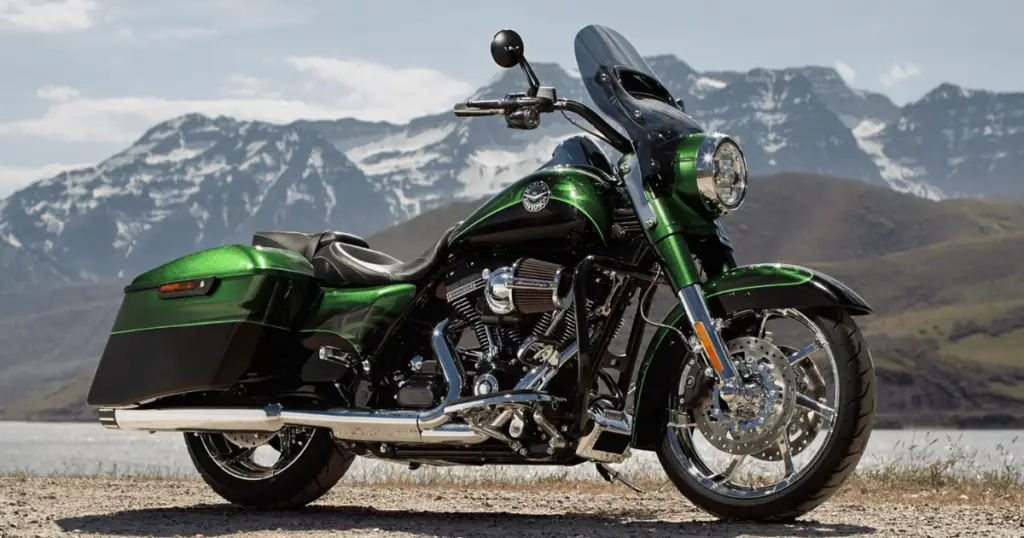
The Harley-Davidson Street Glide, revered for blending aesthetics with performance, has certain model years that demand extra vigilance. Specifically, the 2011 model encountered recalls for stability concerns, highlighting the need for careful evaluation. Models produced before 2014 might face electronics and infotainment challenges due to the period’s swift technological changes. Additionally, the introduction of the Milwaukee-Eight engine in 2017—Harley-Davidson’s cutting-edge V-twin engine—brought about initial challenges characteristic of new engine introductions. Prospective buyers are encouraged to undertake comprehensive pre-purchase inspections, ideally with a Harley-Davidson dealership or certified mechanics, and delve into the bike’s service history to ensure reliability. Addressing recalls and applying necessary updates are vital steps for securing a dependable Street Glide.
- Pre-2014 Electronics and Infotainment: Models before the introduction of the Boom!™ Box System experienced glitches with their audio systems, navigation inaccuracies, and overall system unreliability. Upgrades and replacements often remedied these issues.
- Early Milwaukee-Eight Engine Models (2017 Onwards): Initial models equipped with the Milwaukee-Eight engine encountered teething problems such as excessive vibration, oil leakage, and cooling system inefficiencies, which were addressed in subsequent models through design adjustments and improved manufacturing processes.
Dive deeper: 4 Worst Street Glide Years to Avoid If You Value Your Sanity
Road Glide Years to Avoid
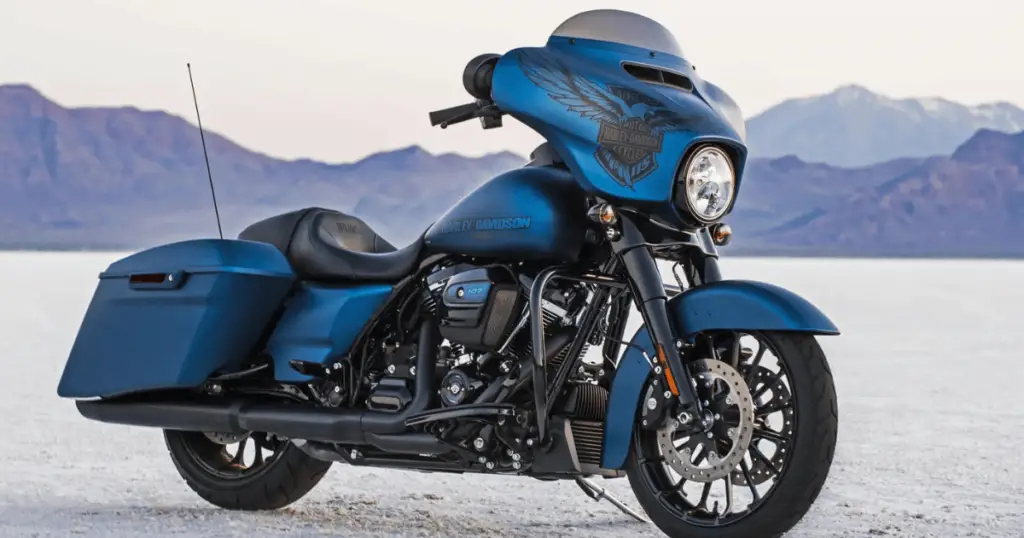
The Road Glide had its share of concerns with the 1998 models for handling and stability issues, 2000-2001 models for fuel delivery system problems, and 2009-2013 for frame and swingarm issues.
- 1998: Handling and stability concerns during its debut year.
- 2000-2001: Fuel delivery system prone to leaking fuel.
- 2009-2013: Frame and swingarm issues, leading to instability at high speeds.
Dive deeper: 6 of The Worst Road Glide Years to Avoid (For Your Sanity)
Dyna Years to Avoid
The Dyna lineup, particularly the 2004 Dyna Super Glide, has been reported for stability issues, notably the “death wobble.” This phenomenon, while not ubiquitous, was significant enough to warrant caution among potential buyers.
- Stability “Death Wobble”: The notorious instability, or “death wobble,” in these models was primarily attributed to issues with the motorcycle’s rear suspension and swingarm. This problem was exacerbated by high speeds or abrupt changes in speed, leading to dangerous wobbling effects.
Related read: Best and Worst Harley Dyna Years Revealed with Comparisons
Fatboy Years to Avoid
2004-2006 Fatboy models have been mentioned for gearbox issues. Known for its muscular look and solid ride, these years necessitate a detailed inspection for any gearbox modifications or replacements carried out to rectify known faults.
- Gearbox Problems: The Fatboy models during these years experienced gearbox issues, including difficulty in shifting gears, noisy operation, and in rare cases, gearbox failure. Contributing factors included wear and tear on internal components and misalignment within the gearbox assembly.
Dive deeper: 4 Dreaded Harley Fatboy Years to Avoid (Really, Trust Me)
Shovelhead Years to Avoid
The Shovelhead engine, powering models from 1966 to 1984, represents a significant era in Harley-Davidson’s history. However, the varied build quality throughout its production years suggests a meticulous approach to purchasing these vintage models.
- Varied Build Quality: The long production run of Shovelhead-engined models saw fluctuations in build quality, with common issues including oil leaks, overheating, and electrical system failures. The reliability of these models often depended significantly on the extent of maintenance and upgrades performed by previous owners.
Related read: 5 of The Worst Shovelhead Years to Avoid At All Costs
Sportster Years to Avoid
The Sportster models from 1979-1980 and 1981 faced challenges related to production quality and engine reliability, making these years less desirable for those seeking the dependable performance associated with the Sportster name.
- Production Quality and Engine Reliability: The late ’70s and early ’80s Sportsters faced challenges with inconsistent production quality, leading to varied engine reliability. Issues ranged from leaky seals and gaskets to ignition system failures and were often rectified through comprehensive engine overhauls and diligent maintenance.
Dive deeper: 8 Basket Case Sportster Years to Avoid (For Your Sanity)
Specific Engines To Avoid (Or Be Wary Of)
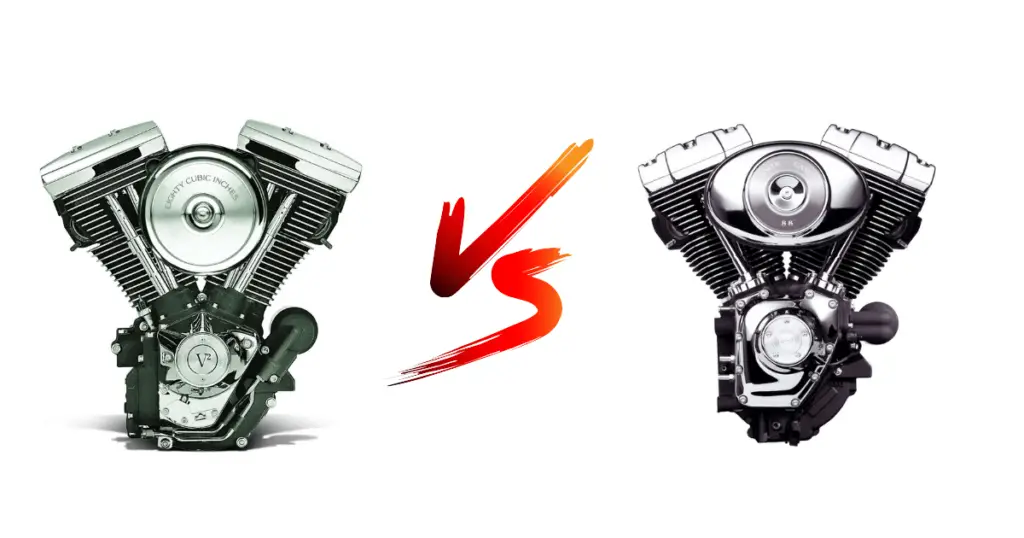
When looking into purchasing a used Harley-Davidson, you’ll want to be informed about which engine years might give you trouble. This section outlines specific years and engine models that have been known for their issues.
Harley Evo Years to Avoid
The Harley Evo engine is generally robust, but you should be cautious with models from late 1984 through 1999. This period marks the evolution and improvement of the engine, particularly toward the latter years when it became more reliable.
Dive deeper: Harley Evo Years to Avoid (Unless You Work On Your Own Bike)
Harley Twin Cam Years to Avoid
Concerns with the Harley Twin Cam engines are more pronounced. Pay special attention to models from 1999 to 2006, which experienced issues with cam tensioner failures and other notable mechanical concerns.
- 1999-2002 models have a significant risk of camshaft chain tensioner failure.
- 2003-2006 models also come under scrutiny; changes in 2003 aimed at cutting production costs led to quality issues in these engines.
Being aware of these potential pitfalls can help you make an informed decision when selecting a Harley-Davidson motorcycle.
Dive deeper: 7 Harley Twin Cam Years to Avoid (+ Their Problems, and Why)
Has Harley Improved Their Manufacturing Over Time?
You may wonder whether Harley-Davidson, the iconic American motorcycle brand, has uplifted its manufacturing processes over time. After facing challenges with certain models, especially those around the late ’90s and early ’00s, Harley-Davidson took significant steps to refine their quality control and maintain high standards.
In terms of motorcycle design and production, you’ll find that newer models are the result of advanced engineering and a keen emphasis on rider satisfaction. The brand has invested in better production efficiency, making sure that each bike that comes off the line is a symbol of the Harley-Davidson dedication to excellence.
Here’s how Harley-Davidson has evolved:
- Quality control: Implementation of rigorous testing ensures that every motorcycle is up to the brand’s stringent standards before it hits the road.
- Production efficiency: Streamlined processes have been put in place to be both cost-effective and quality-centric.
- Cost-effective management: While cuts in production costs in the early 2000s affected quality, the company has since found a balance that preserves the brand’s integrity.
- Motorcycle design: Continuous improvements and innovations reflect in the performance and reliability of the latest models.
This commitment to improving manufacturing processes demonstrates Harley-Davidson’s resolve to remain a respected and beloved American motorcycle brand. It’s evident that learning from past issues, Harley-Davidson strides forward with a focus on creating a product you can trust.
Thoughts to Consider When Shopping For A Harley
When considering Harley-Davidson for your next ride, the model’s history can be as important as its chrome finish. As a prospective Harley owner, it’s crucial to invest not just in a bike but also in an experience. Here are key factors to ensure your investment leads to many smooth miles:
- Model and Year Specifics: Not all Harleys are created equal. Years like 1999-2002 and 2003-2006 have been flagged for issues like high crank runout and cam tensioner failures. The 2014 Electra Glide has also been noted for infotainment issues. Make sure to check the model year against known concerns.
- Performance and Maintenance: Regular steps towards enhancing performance, such as routine oil changes and adequate lubrication, can prevent serious engine damage. Look for signs that the previous owner kept up with this crucial regular maintenance.
- Common Issues: Certain models have notorious issues like the “death wobble,” where stability and handling are affected. For example, some Road Glide models made from 2009-2013 are known for handling issues. Be wary of clunking noises, they can indicate technical issues like problems with the fuel delivery system or swing arm..
- Quality Assurance: Earlier Harleys, especially those from the AMF period (1969-1980), faced significant quality control challenges. Ensure the bike you’re looking at has been well cared for and hasn’t been subject to these historical issues.
Checklist Before Purchase:
- Review the bike’s history for common issues
- Inspect for signs of inadequate maintenance
- Verify if any technical issues have been resolved
- Confirm the presence and functionality of Harley-Davidson’s enhancements like hydraulic lifters and rubber-mounted engines, if applicable.
Remember, a pre-purchase inspection by a qualified mechanic is always a good idea. It’s better to catch potential issues before they become your ride’s problems. Your goal is not just to buy a bike but to invest in your lifelong rider experience.
Frequently Asked Questions
When considering a pre-owned Harley-Davidson, staying informed on models with known issues is as important as finding the right one for you. Here’s a quick rundown to help you make the smart choice.
Which years of Harley-Davidson should I steer clear of when buying used?
You should avoid certain Harley-Davidson years known for consistent issues. Notably, the 2007-2008 Electra Glide Classic had engine and transmission problems, the 1999-2001 Electra Glide Classic was prone to stalling and transmission issues, and the 1999 models of the Road King had cam chain tensioners problems and engine failures. Additionally, some models from the AMF period (1969-1980) had lower quality.
What are the best used Harley-Davidson models to purchase?
Later year models, like the 2020 Street Glide, have shown significant improvements in reliability and performance due to advancements in design and technology. When looking for a used Harley, it’s advisable to consider models from recent years with a good track record for minimal issues.
Among Harley-Davidson motorcycles, which ones are favored for their reliability?
Harley-Davidson models such as the Touring and Softail series have garnered reputations for their reliability over the years. Specific models that are celebrated for their sturdiness include the Road King, the Softail Deluxe, and the Heritage Softail Classic, particularly from production years that avoided common mechanical issues.
What are some budget-friendly Harley-Davidson bikes that are also reliable?
For those on a budget seeking reliability, looking at models from the Sportster series might be a good start. These bikes, especially from the mid-2000s and later, often offer a balance of affordability and dependability, making them a popular choice for riders new to the Harley-Davidson brand.




Leave a Reply
You must be logged in to post a comment.